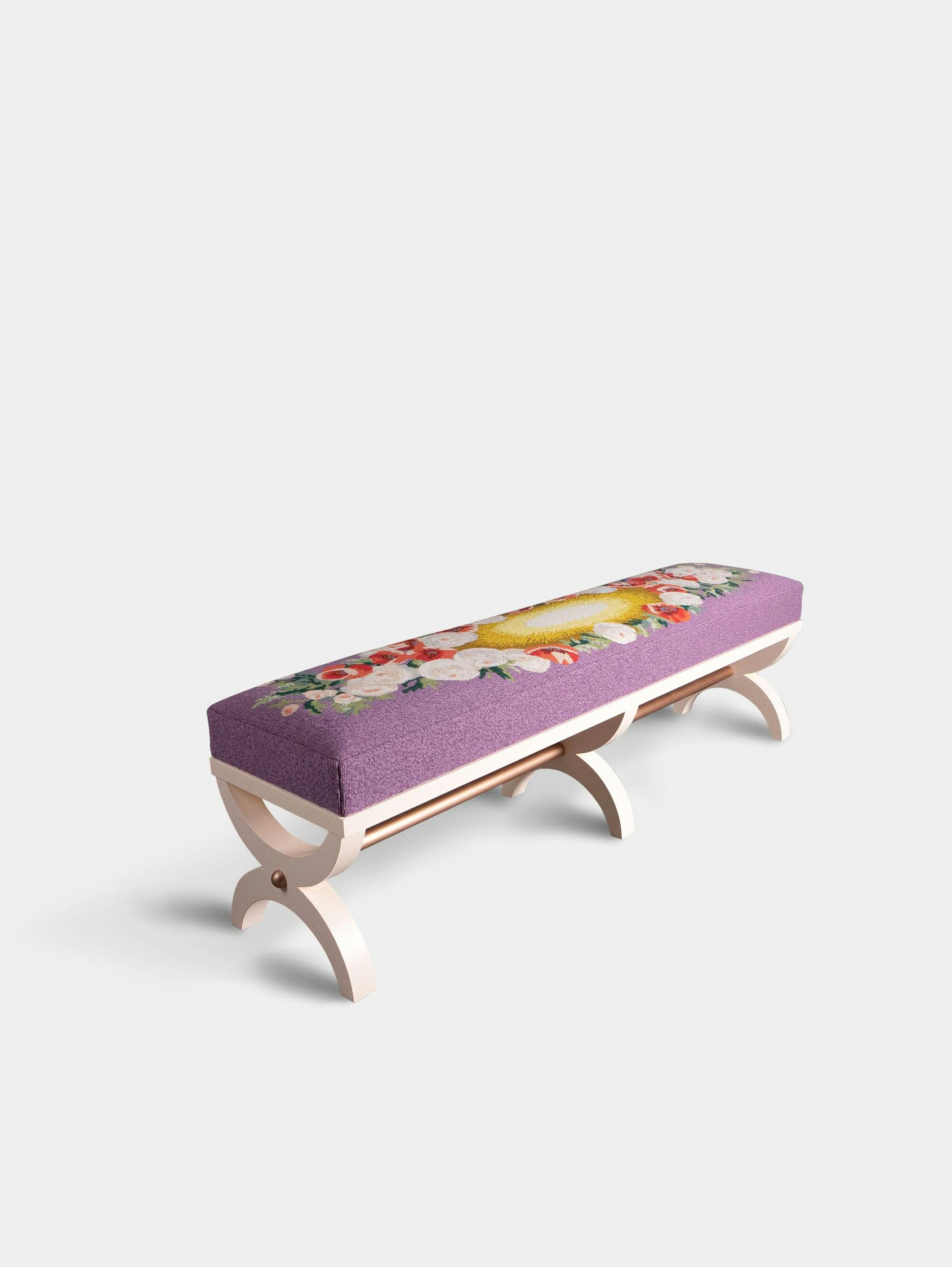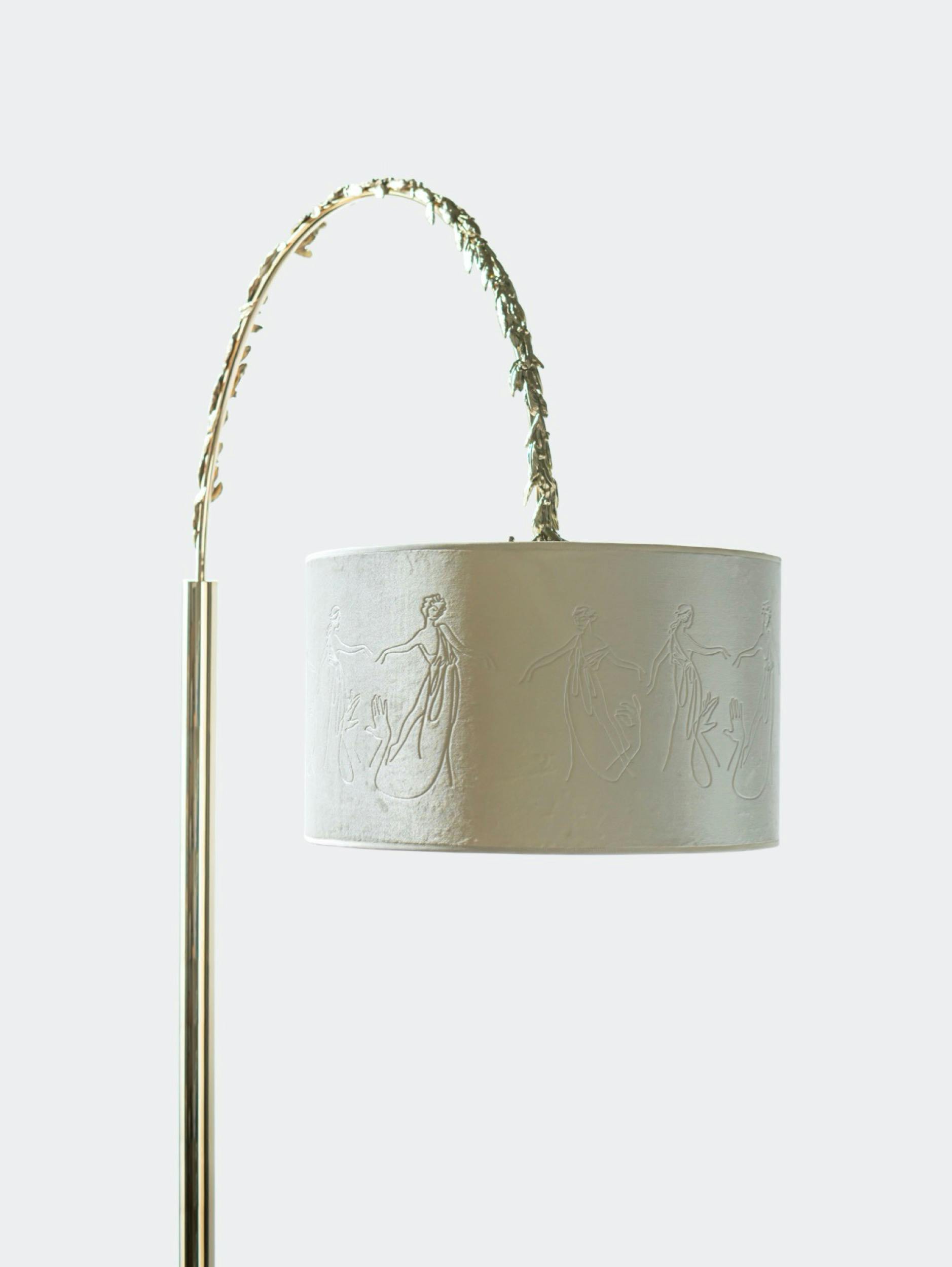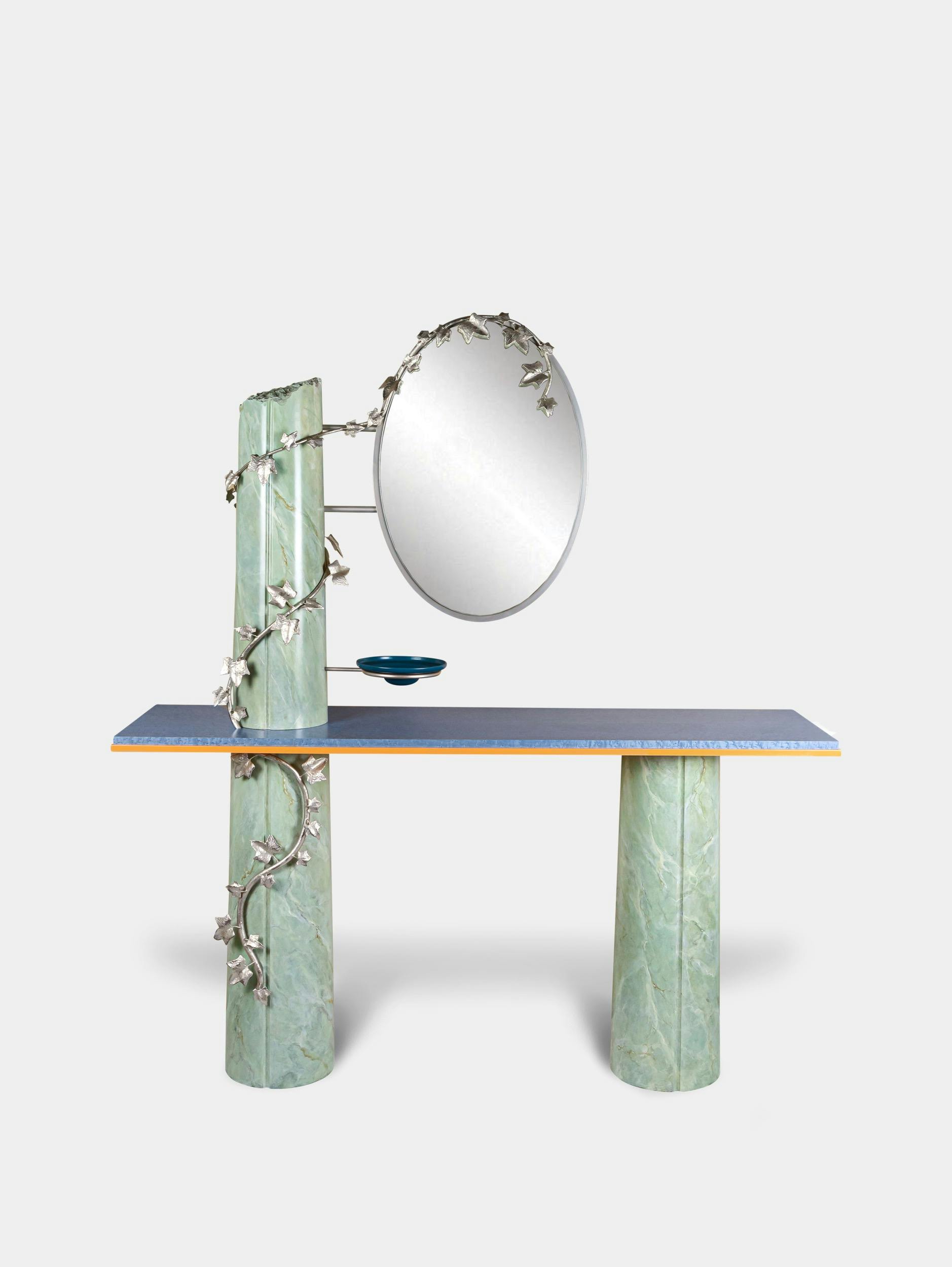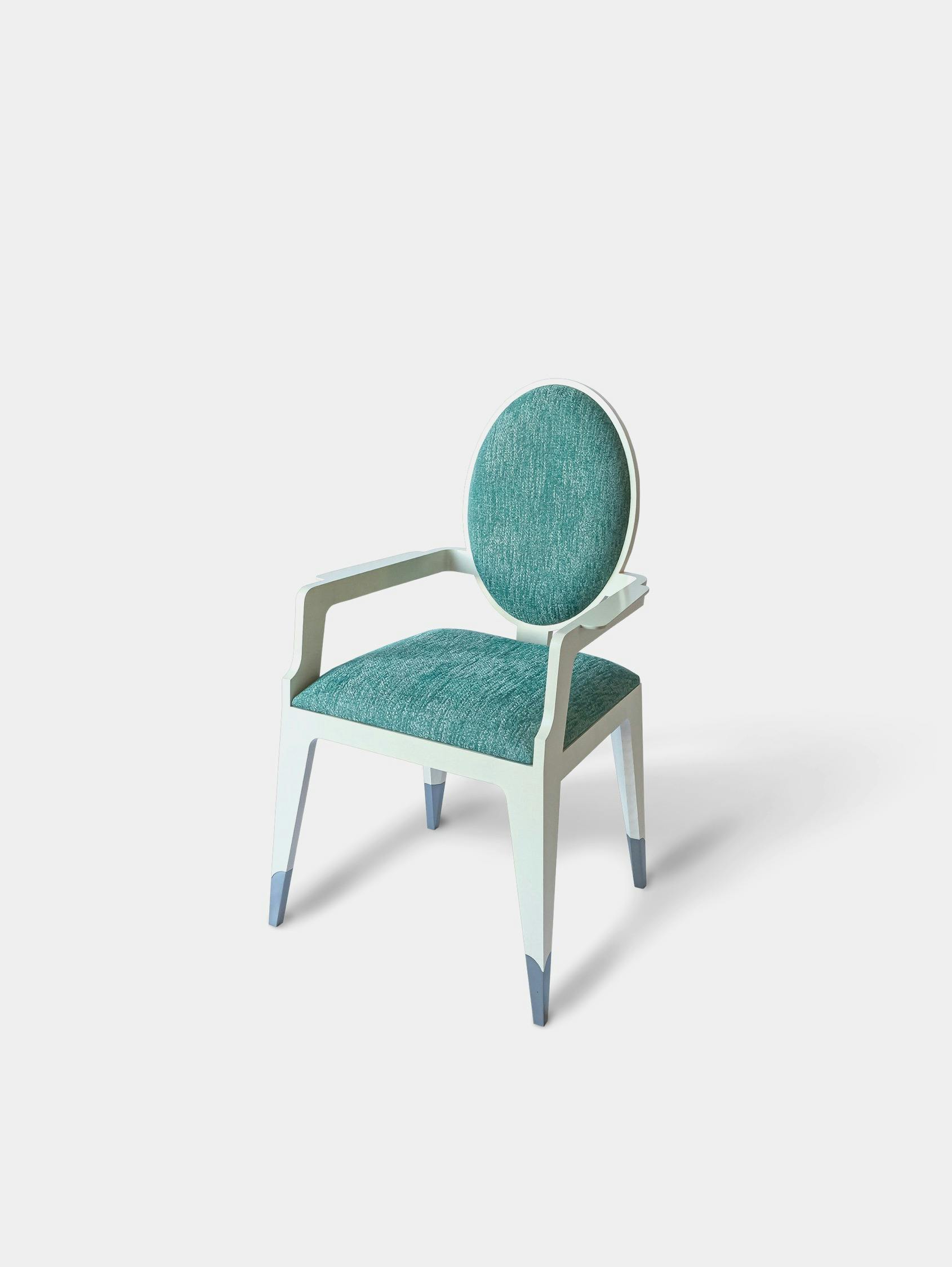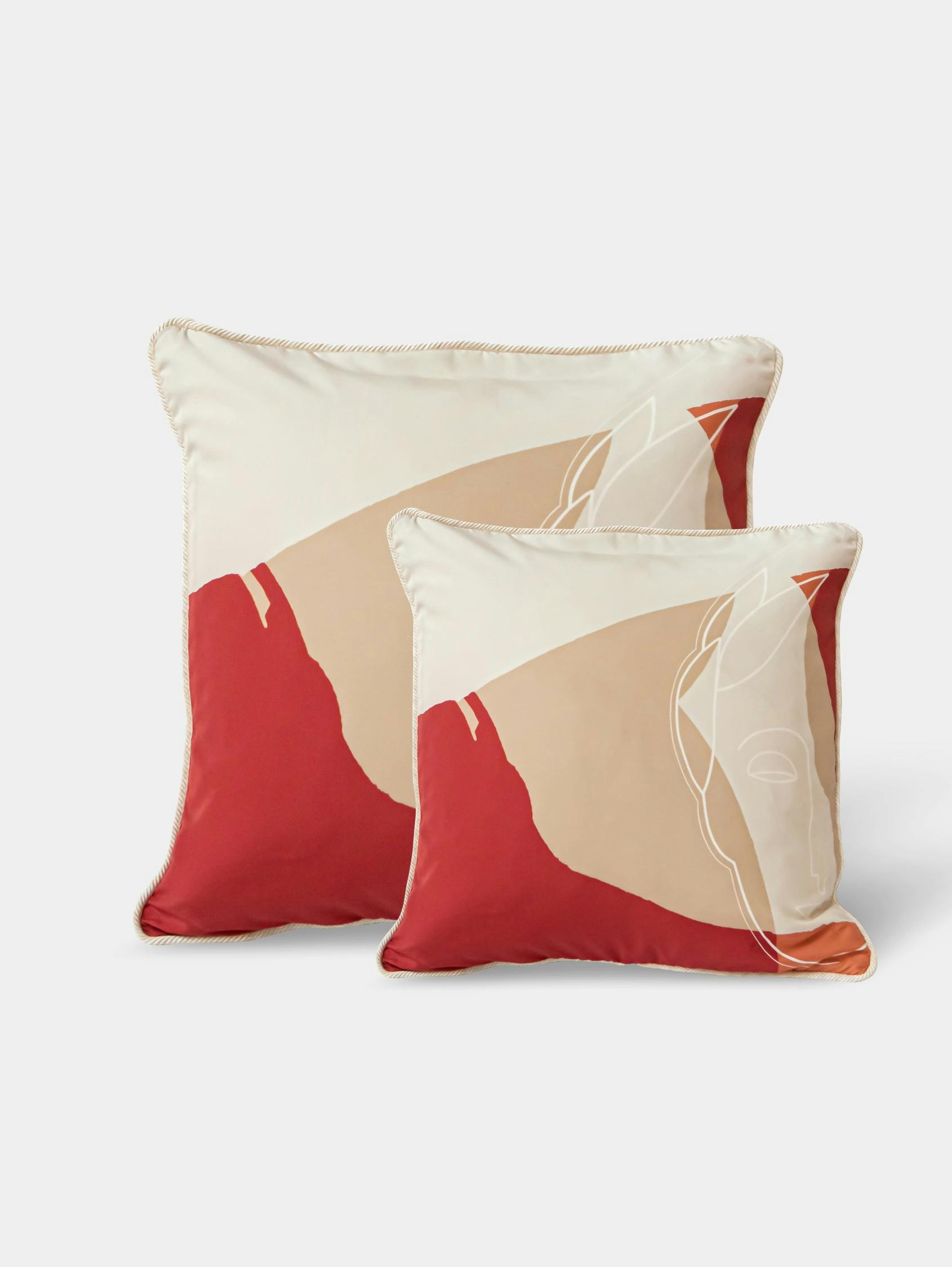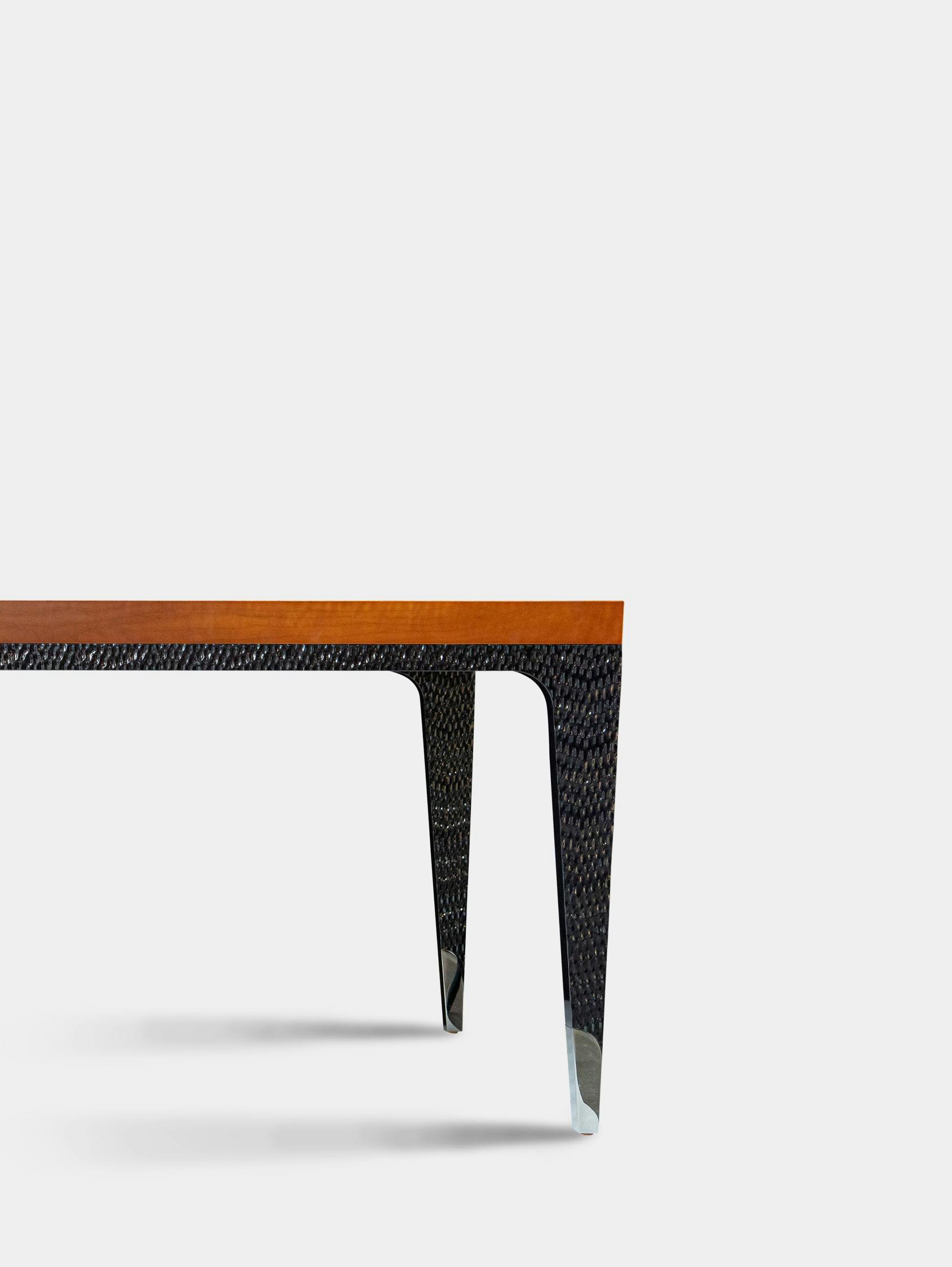Technical drawing follows strict rules and standards to accurately represent the dimensions, shapes, and characteristics of pieces and objects. The drawings are created using computer-aided software that ensures tremendous precision, as well as easy updating when changes are called for throughout the process. These drawings may include plan views, cross-sections, elevations, isometric views, and other types of views, providing detailed representations of the object’s characteristics, the materials used, the tolerances, the dimensions, and all other specifics considered important, even essential, to a proper understanding of the project and, consequently, its faithful implementation. These are then used to communicate the design and production plans to the craftspeople in the workshops. They also serve to communicate with clients and partners in discussing the design of their project.


.jpg?ixlib=gatsbyFP&auto=compress%2Cformat&fit=max&w=100&h=54)








